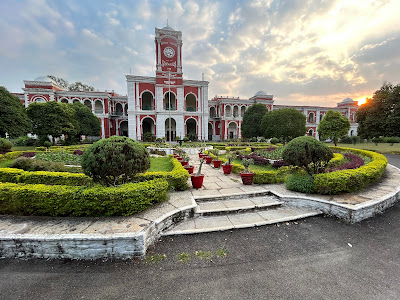
If you feel overwhelmed or want to stay in shape, it is a great idea to exercise. Exercise helps you feel happy and productive.
According to the Bhagavad Gita, it is a rajasic activity, i.e., an activity that makes you feel vigorous and fervent, and a way to worship God since you are sacrificing your comfort to do something productive. It is consequential to maintain both your physical and mental health. If you are someone who experiences low self-worth or insecurity about. If you are not productive enough when giving yourself a self-care day, then this is a sign for you to exercise.
Exercising helps regulate your breathing and hence grounds you at the moment (i.e.increasing your mindfulness) whilst releasing the "feel-good" hormones of serotonin and endorphins. It regulates your thyroid, makes your heart stronger, improves your memory, and concentration, and keeps diabetes at bay for you. Knowing all these benefits will certainly leave you feeling less stressed out as you meditate on how you are blessed with such good health.
Investing in 30 minutes of exercise every day. Exercise is implicitly fruitful for people with mental conditions like anxiety, depression, and schizophrenia, as it helps ease the symptoms and also leaves the average person feeling easier than usual. If you are healing from depression, then it can give you something, like a purpose to focus on, and help distract you from negative thinking. patterns. It can also provide you with a community if you go out and join yoga classes or a gym. This can aid in removing feelings of isolation and loneliness. You move through the day feeling like you are at the helm of your decisions and have gifted your body something in return for all that it does for you. Your body feels agile, robust, and healthy. So appreciate your body be body-positive, and keep exercising!
Shambhavi Nautiyal 9F
Ahlcon Public School
Image courtesy- Canva


